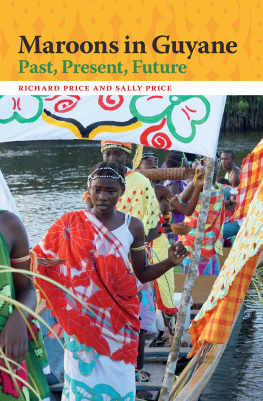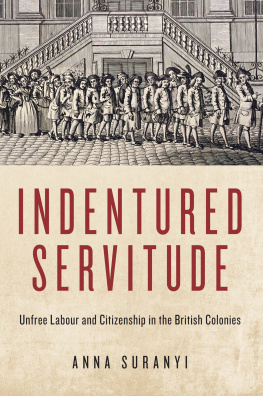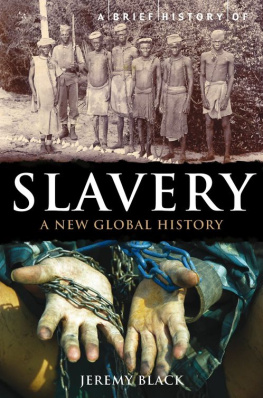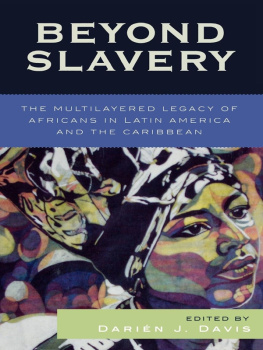First published 2017
by Routledge
2 Park Square,
Milton Park,
Abingdon, Oxon
OX14 4RN
and by Routledge
711 Third Avenue, New York, NY 10017
Routledge is an imprint of the Taylor & Francis Group, an informa business
2017 selection and editorial matter, Maurits S. Hassankhan, Lomarsh Roopnarine, Cheryl White and Radica Mahase; individual chapters, the contributors; and Manohar Publishers & Distributors
The right of Maurits S. Hassankhan, Lomarsh Roopnarine, Cheryl White and Radica Mahase to be identified as the authors of the editorial material, and of the authors for their individual chapters, has been asserted in accordance with sections 77 and 78 of the Copyright, Designs and Patents Act 1988.
All rights reserved. No part of this book may be reprinted or reproduced or utilised in any form or by any electronic, mechanical, or other means, now known or hereafter invented, including photocopying and recording, or in any information storage or retrieval system, without permission in writing from the publishers.
Trademark notice : Product or corporate names may be trademarks or registered trademarks, and are used only for identification and explanation without intent to infringe.
Print edition not for sale in South Asia (India, Sri Lanka, Nepal, Bangladesh, Afghanistan, Pakistan or Bhutan)
British Library Cataloguing in Publication Data
A catalogue record for this book is available
from the British Library
Library of Congress Cataloging in Publication Data
Catalog record for this book has been requested
ISBN: 978-1-138-28055-7 (hbk)
ISBN: 978-1-315-27198-9 (ebk)
Typeset in Minion Pro
by Ravi Shanker, Delhi 110 095
Background
This volume is the first publication originating from the conference Legacy of Slavery and Indentured Labour: Past, Present and Future, which had been organized in June 2013 by the Institute of Graduate Studies and Research (IGSR) of the Anton de Kom University of Suriname, in collaboration with a number of government and non-government organizations.
The aim of the conference was to connect historical specificities of slavery, indentured labour and migration to contemporary issues of globalization, diaspora, identity formation, nationalism and trans-nationalism. A second aim of the organizers was to promote new perspectives and approaches in the study of forced and free migration and their impact on the society. By bringing scholars together from various parts of the worldsenior scholars as well as new promising talentsthey wanted to stimulate exchange of ideas, set up new networks and strengthen existing ones.
Some questions that were answered during the conference were:
- What are the legacies ol slavery and indentured labour in social, economic, cultural, political fields?
- How did post-slavery identity formation occur in different parts of the world in general?
- What has been the psychological impact of slavery and indentured labour?
- How are transnational identities developing in the world today?
- How is the process of identification related to the imaginary relation with the country of origin and with other 'partners in distress' in the diaspora?
- In the case of the second migration or the twice diaspora, what is perceived as the country of origin? In other words, what kind of homeland perspectives do people have and what impact will this have on their relation with the former homeland?
- In which ways did the various groups adapt to the new environment? What has been the policy or attitude of the receiving countries or societies?
- How are localizing processes (Creolization) expressed in migrant cultures?
- What kind of transnational ties exist among descendants of immigrants in the Caribbean?
- Are alternative transnational identities in the Caribbean real or imagined?
- How are transnational ties and identities recognized and institutionalized by the state in the former homelands?
- What has been the policy of the countries of origin regarding their former citizens living in the diaspora?
- How and why are local processes of identity formation related to emotional and practical identification to the countries of origin, and how do these countries feature in these processes?
- Which are the social, economic, cultural andpolitical consequences of migration and diaspora in modern times?
The participants were invited to review their respective papers and submit them to the organizers of the conference. Some presenters opted to not publish their papers for various reasons. The conference organizers then selected from the available papers and these were grouped according to topics. As a result, four volumes are now in the publication planning stage.
The first one is Legacy of Slavery and Indentured Labour: Historical and Contemporary Issues in Suriname and the Caribbean, edited by Maurits S. Hassankhan, Lomarsh Roopnarine, Cheryl White and Radica Mahase. The second one is The Legacy of Indian Indenture: Historical and Contemporary Aspects of Migration and Diaspora edited by Maurits S. Hassankhan, Lomarsh Roopnarine and Hans Ramsoedh. The third book is titled Social and Cultural Dimensions of Indian Indentured Labour and its Diaspora: Past and Present edited by Maurits S. Hassankhan, Lomarsh Roopnarine and Radica Mahase. The last one is on a neglected area of the Indian Diaspora and is titled Indentured Muslims in the Diaspora: Identity and Belonging of Minority Groups in Plural Societies, edited by Maurits S. Hassankhan, Goolam Vahed and Lomarsh Roopnarine.









